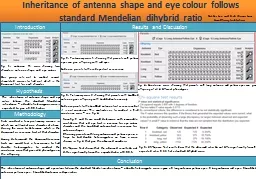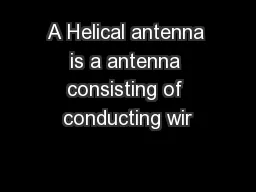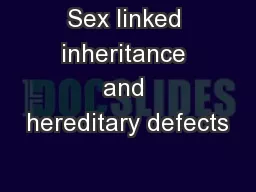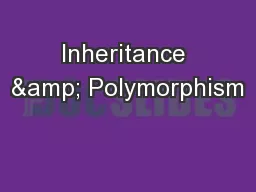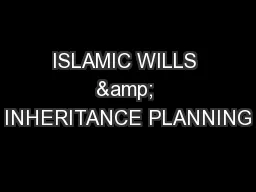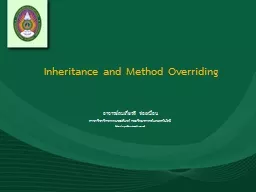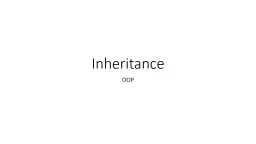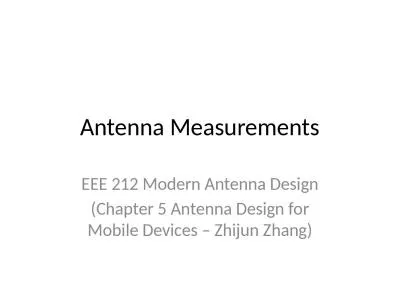PPT-Inheritance of antenna shape and eye
Author : pasty-toler | Published Date : 2015-11-12
colour follows standard Mendelian dihybrid ratio Sok Ee Lee and Kiah Woon Low Hwa Chong Institution Introduction Fig 1 unknown F1 cross showing two characters
Presentation Embed Code
Download Presentation
Download Presentation The PPT/PDF document "Inheritance of antenna shape and eye" is the property of its rightful owner. Permission is granted to download and print the materials on this website for personal, non-commercial use only, and to display it on your personal computer provided you do not modify the materials and that you retain all copyright notices contained in the materials. By downloading content from our website, you accept the terms of this agreement.
Inheritance of antenna shape and eye: Transcript
Download Rules Of Document
"Inheritance of antenna shape and eye"The content belongs to its owner. You may download and print it for personal use, without modification, and keep all copyright notices. By downloading, you agree to these terms.
Related Documents

